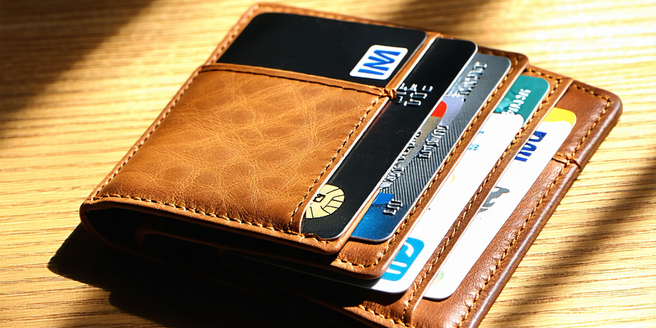
Understanding Secured Credit Cards
Secured credit cards are financial tools aimed at individuals looking to build or rebuild their credit. Unlike traditional credit cards, secured cards require a cash deposit that functions as collateral and sets the credit limit. The deposit reduces the risk to the lender, making these cards accessible to those with poor or no credit history. Regular on-time payments and responsible use are reported to credit bureaus, helping to establish a positive credit record. These cards often come with annual fees and possibly higher interest rates, but they serve as useful entry points into the world of credit. Understanding the mechanics of secured credit cards, including terms and costs, is essential. Knowing how they operate gives users a chance to improve their creditworthiness over time, setting the stage for future financial opportunities.
How Secured Cards Impact Your Credit Score
Using a secured credit card effectively can positively affect your credit score over time. A key factor in credit scoring models is the credit utilization ratio, which you can manage by keeping balances low relative to the credit limit. Timely payments contribute significantly to score improvements as payment history accounts for a significant portion of your score. Secured cards offer a platform to demonstrate financial responsibility, as issuers typically report activity to major credit bureaus. However, awareness of interest rates and fees is crucial to prevent unnecessary debt. Over time, with disciplined use, secured cards can help elevate a poor credit score, transitioning you to better financial offerings. Consistent performance on a secured card builds the foundation needed to qualify for traditional, unsecured credit cards that offer more benefits.
Choosing the Right Secured Card for You
Selecting the right secured card requires careful consideration of several factors. First, assess any annual fees, as some cards offer low or no fees, helping optimize costs. Interest rates also play a critical role; finding a lower rate reduces potential debt accumulation. Examine the card issuer’s policies on transitioning to unsecured cards, a feature that can facilitate credit progression without needing a new account. Additionally, consider the required minimum deposit as this dictates your initial credit limit. Some cards offer rewards, like cash back, for purchases, providing added value. Research the issuer’s reputation for customer service and their reporting practices to ensure activity is reported to major credit bureaus. By evaluating these aspects, one can identify a secured card that best aligns with financial goals and usage priorities.
Steps to Effectively Use a Secured Card
Effectively using a secured card involves several strategic actions to maximize its benefits. Begin by setting a budget and using the card only for planned purchases to avoid overspending. This approach helps maintain a low credit utilization rate, which positively influences your credit score. Always pay the full balance each month if possible; this avoids interest charges and demonstrates financial responsibility. Set up automatic payments to ensure timely payment and prevent late fees. Regularly monitor account statements to track spending and spot any unauthorized transactions. Lastly, periodically review your credit reports to validate the card activity and its influence on your credit score. By adhering to these steps, you can improve your credit profile while gaining financial discipline, ultimately paving the way for opportunities beyond secured credit cards.
Common Pitfalls and How to Avoid Them
When using secured credit cards, certain pitfalls can undermine your credit-building efforts. Ignoring the fine print can lead to unexpected fees and interest rates that can quickly accrue debt. To avoid this, meticulously review all terms and charges before committing. Overspending limits due to misunderstanding credit utilization ratios may hinder score improvement; keep spending under 30% of your limit. Neglecting payments can have serious repercussions, as punctuality is crucial in credit scoring. Counter this by setting alerts or automatic payments. Mismanaging the transition from secured to unsecured cards can also stall progress. Ensure a solid track record with the secured card to facilitate a seamless upgrade to an unsecured card. By being aware of these common challenges, you can steer clear of mistakes and create a strong foundation for future credit endeavors.
Transitioning to Unsecured Cards: What to Know
Transitioning from a secured to an unsecured card is a significant milestone in your credit journey. This shift typically requires displaying consistent positive credit behavior over a period, usually several months to a year. Before requesting the transition, ensure your account is in good standing with no missed payments and manage a lower credit utilization ratio. Some issuers offer automatic upgrades, while others may require a formal request. Upgrading involves returning the initial deposit and receiving a credit line increase. This transition reflects improved creditworthiness and opens doors to additional financial products with better terms. Stay vigilant and continue responsible use to maintain and enhance your credit score. As you transition, compare unsecured card options, focusing on ones that align with your financial goals and offer rewards or benefits suited to your lifestyle.
